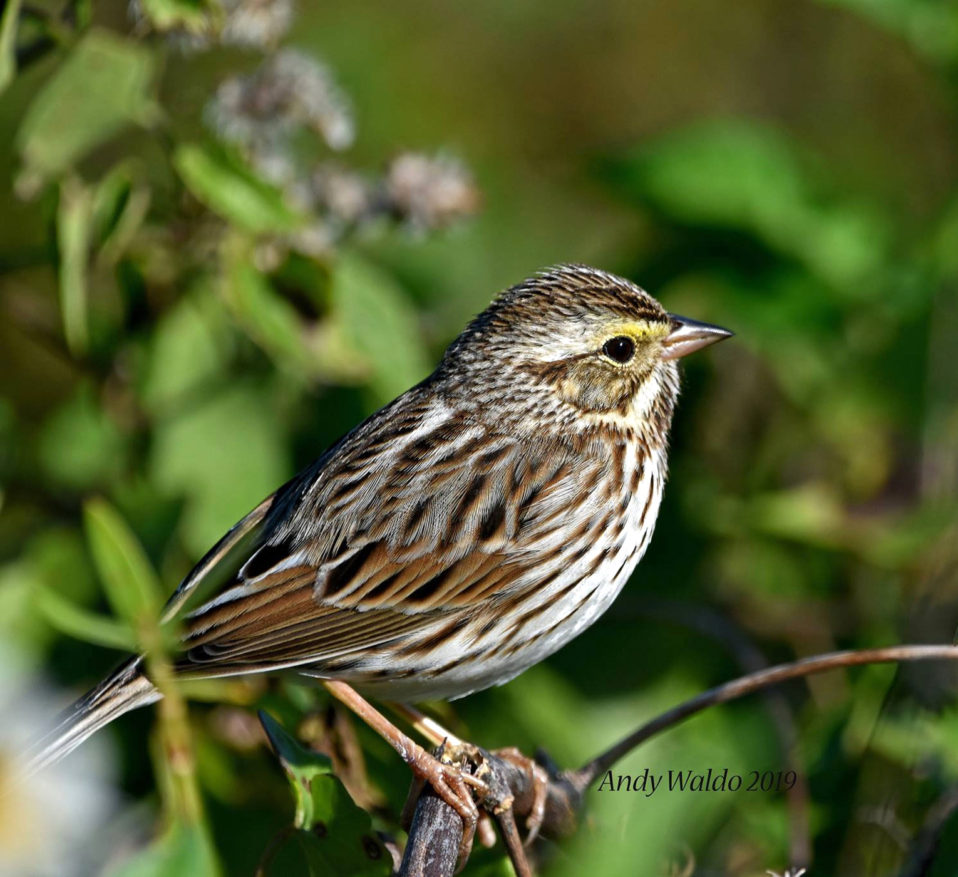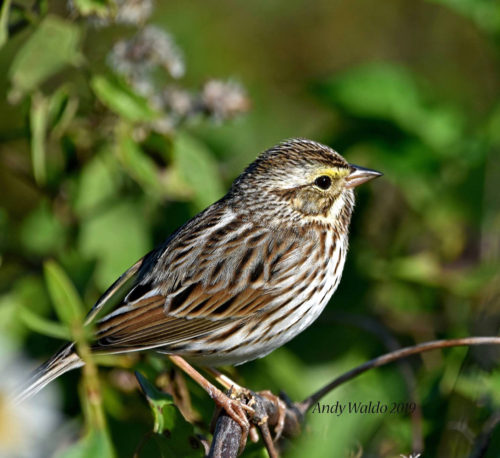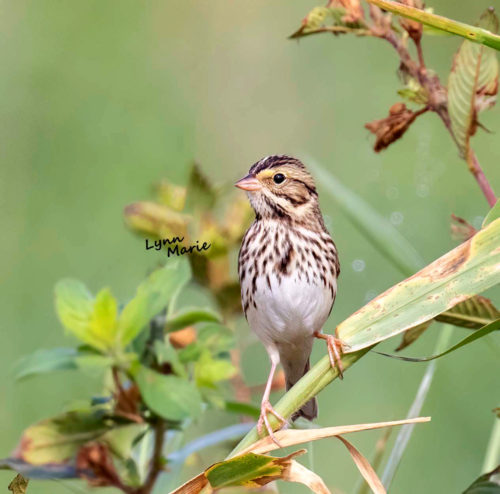Savannah Sparrows (Passerculus sandwichensis) have an extremely wide range. Canada and the northern parts of the United States are their breeding grounds. During non-breeding times, they migrate to parts of the central and southern United States and Mexico.
These little sparrows live in grasslands with few trees, such as meadows, pastures, and cultivated fields planted with cover crops. They also inhabit tidal salt marshes and estuaries as they are near the ocean. In colder regions, Alaska and northern Canada, they will live among the shrubby willows of the tundra. During breeding seasons, they will eat insects and invertebrates; in their winter range, their diet will consist primarily of small seeds from grasses and forbs. Along coastal areas, they may eat tiny crustaceans.
During the nonbreeding range, Savannah Sparrows will gather in large flocks and become increasingly restless until they depart.
Savannah Sparrows are widespread and abundant and are of low conservation concern. These sparrows benefited from the human-changed landscape as pasturelands opened up, but some of their range has been lost to the urbanization that followed and the shift in agricultural practices. Due to their foraging behavior, they are vulnerable to some crop pesticides and may eat granular pesticides that are scattered in cornfields.
Cool Fact, the Savannah Sparrow’s name is not named because of its fondness for grassy areas but is named by a famous nineteen-century ornithologist Alexander Wilson for collecting specimens in Savannah, Georgia.




Recent Comments